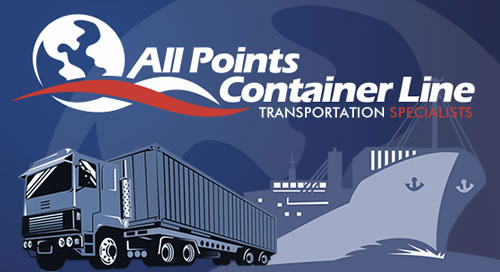Port operators have always been known for their resiliency. But now, more than ever, they need to rely on being resilient to sustain their operations. World trade increasingly relies on complicated systems and uses maritime transport as a vital foundation. When ports experience problems, disruptions, or failures – it becomes a big story. Let us take a closer look.
Port Disasters
In June 2018, the introduction of a new terminal operating system in Felixstowe was big news. Felixstowe is one of the largest ports in the world, as well as the busiest port in the UK. This rollout caused a significant decline and disruption in productivity that resulted in over a month of delays. Before that, in 2013, the NotPetya cyberattack hit Danish shipping company Maersk and cost them more than $200 Million. The attack led to a temporary shutdown of the largest cargo terminal in the port of LA. These two examples are just a small look into the ever-increasing risks and challenges ports face around the world. Not to mention the pressure that is put on them to prepare for and respond quickly to threats.
Risk Management Issues
Common maritime risk management issues include natural disasters, mechanical failures, and human error. However, the incredible new growth of international trade and the looming impact of climate change could create more challenges in the near future. Without effective focus on risks, the shutdowns or temporary disruptions caused by these events will cause short and long-term financial damage.
Achieving Resilience
The first step to making effective contingency plans is to identify all the information that connects weaknesses or gaps in the system. The hierarchy structure must also allow for rapid decisions to be made. This is always something that companies continue to strive for.
As the pandemic and its effects continue, we will keep an eye on shipping ports’ resiliency to the constant changes.

